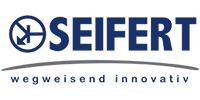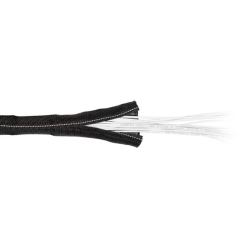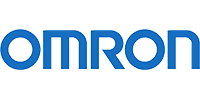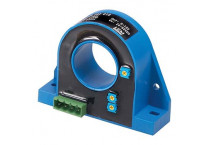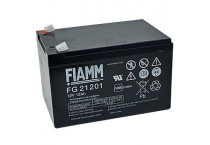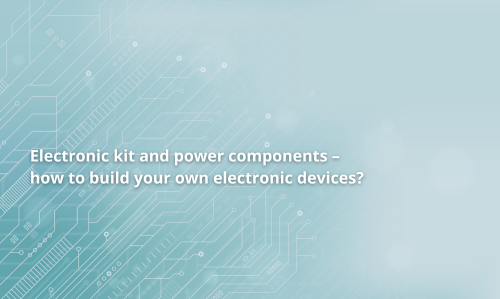Der Artikel beschreibt den Weg von den Grundlagen der Elektronik bis zum Bau fortgeschrittener Geräte und zeigt die Rolle von Lernsets, elektronischen Bauteilen und Leistungsmodulen. Er erklärt, wie DIY-Kits praktische Fähigkeiten fördern und wie richtig ausgewählte Netzteile, Steuerungen und Leistungselemente sowohl Hobbyprojekte als auch Lösungen ermöglichen, die der Industrieelektronik nahekommen.
Komponenten für Leistungselektronik, Industrieautomatik, Elektronik, Energietechnik, Elektrotechnik
Lieferanten
Alle Lieferanten anzeigenProduktkategorien
Alle Kategorien anzeigenNeueste Beiträge
-
Industrielle LED-Beleuchtung vs traditionelle – Unterschiede, Vorteile und Herausforderungen für moderne ProduktionshallenRead more
Der Artikel stellt die wichtigsten Unterschiede zwischen industrieller LED-Beleuchtung und traditionellen Lichtquellen wie Natrium- oder Quecksilberlampen vor. Er behandelt die entscheidenden Parameter, die die Arbeit in Produktionshallen beeinflussen – Energieeffizienz, Lebensdauer, Lichtqualität, Betriebskosten und ökologische Aspekte. Hervorgehoben wird die wachsende Bedeutung der LED-Technologie bei der Modernisierung industrieller Anlagen sowie die Vorteile ihres Einsatzes und jene Situationen, in denen traditionelle Lampen noch verwendet werden können. Der Artikel zeigt, warum LEDs in modernen Produktionsstätten und Lagern zum Standard werden.
-
Industrie- und Energietransformation – wie Leistungselektronik eine neue Technologieära antreibtRead more
Dieser Artikel zeigt, wie Leistungselektronik zu einem Schlüsseltrieb der modernen Energie- und Industrieumwandlung geworden ist. Er beschreibt ihre Rolle bei der Integration erneuerbarer Energiequellen, der Energiespeicherung und -umwandlung, der Netzstabilisierung und der Automatisierung industrieller Prozesse. Der Text stellt sowohl aktuelle Anwendungen der Leistungselektronik als auch deren Entwicklungsperspektiven dar und betont ihre Bedeutung für nachhaltige Entwicklung, Digitalisierung der Infrastruktur und Umsetzung von Industrie 4.0.






